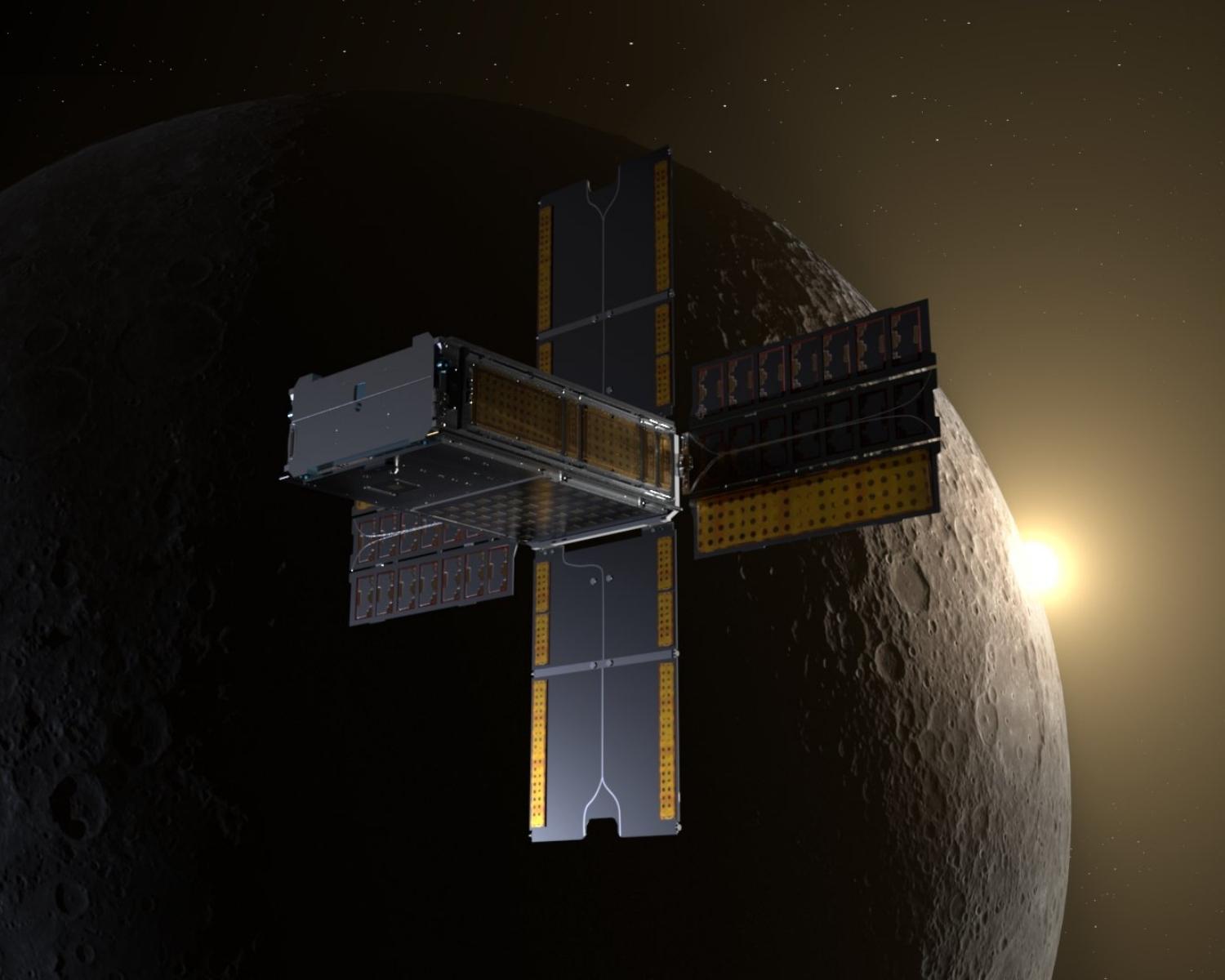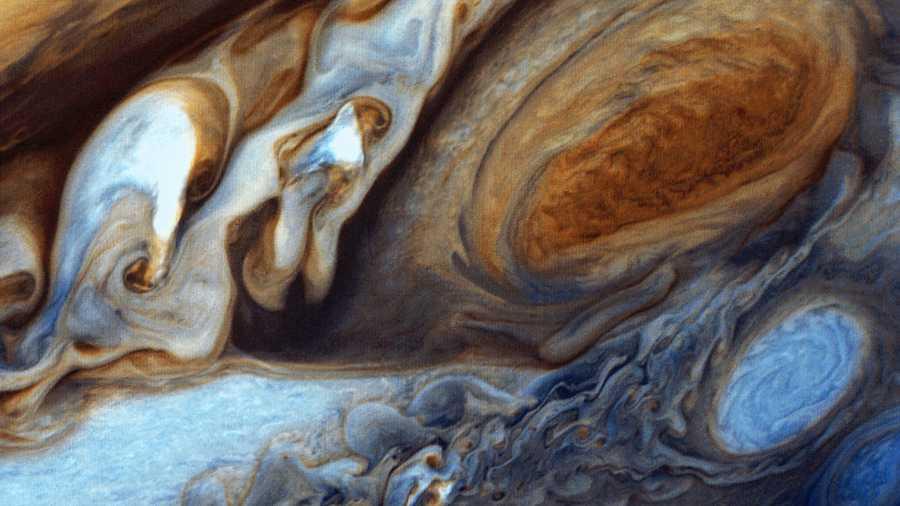Introduction
The BioSentinel mission was selected as one of the secondary payloads, to fly on the first launch of the Space Launch System rocket for the Artemis I mission
The primary objective of BioSentinel is to develop a biosensor instrument to detect and measure the impact of space radiation on living organisms over long durations beyond low-Earth Orbit (LEO).
5
178 reads
CURATED FROM
IDEAS CURATED BY
A astrobiology mission to deep space
“
The idea is part of this collection:
Learn more about technologyandthefuture with this collection
The importance of networking in podcasting
How to grow your podcast audience
How to monetize your podcast
Related collections
Similar ideas to Introduction
Space debris
A brief inventory of space debris includes: a spatula, a glove, a mirror, a bag with astronaut tools, spent rocket stages, bolts, paint chips, defunct spacecraft, and around 3,000 dead satellites, orbiting Earth at speeds of roughly 18,000 m.p.h.
Most space junk is moving in low Earth orbi...
Emerging technologies for space exploration
Two emerging technologies may propel NASA and the rest of the world into an era of faster, low-cost exploration that would lead to more exploration and democratise access to the Solar System.
- A new generation of companies is developing new rockets for small satellites. Rocket Lab has...
Exploration
Nine spacecrafts have studied jupiter up close. NASA'S Juno spacecraft is currently studying the gas giant planet from orbit
The spacecraft, which arrived at Jupiter in July 2016, is the first to study the planet's mysterious, cloud-shrouded interior. Scientists also use the Earth-orbiting...
Read & Learn
20x Faster
without
deepstash
with
deepstash
with
deepstash
Personalized microlearning
—
100+ Learning Journeys
—
Access to 200,000+ ideas
—
Access to the mobile app
—
Unlimited idea saving
—
—
Unlimited history
—
—
Unlimited listening to ideas
—
—
Downloading & offline access
—
—
Supercharge your mind with one idea per day
Enter your email and spend 1 minute every day to learn something new.
I agree to receive email updates

